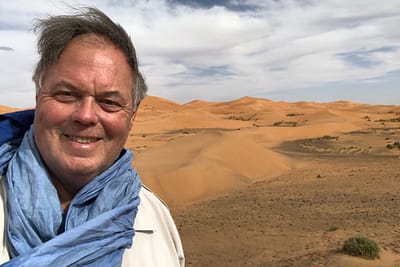Species Spotlight: Boreal Chickadee
Jan 10, 2017 | by Kevin Loughlin

Boreal Chickadee
Denizens of the boreal forest, Boreal Chickadees are aptly named. These birds make their home in the coniferous forests of Canada and northern parts of the northern most states, these birds were one of my main targets on my visit to the Sax Zim Bog. Made up of Black Spruce, Tamarack, and a few other trees, these forests can be quite dense. This makes finding them tricky!
Boreal Chickadees look quite similar to the Black-capped Chickadees that often frequent the same area as they do, but with a few noticeable differences. They sport a brown cap, with a smaller white cheek patch as well as a smaller black throat patch. While elusive, Boreal Chickadees can be quite curious birds. They’re on the move fairly often, both to investigate things that interest them, and to glean food off branches and niches that they may have stored it in. They eat a steady diet of instects and seeds. I’ve also heard that they really like peanut butter!
I actually missed this bird in Minnesota, it just was not meant to be. It wasn’t until a recent trip to Maine that my luck changed, at Quoddy Head State Park. There is a small patch of boreal forest there, and after three days of hiking, my father and I finally caught a glimpse of one! The bird you see in these photos is looking a little rough after dealing with a couple days of rain. But that didn’t seem to diminish it’s spirit. It was supremely curious at the prospect of my father and I, flying in and out often, to see what we were doing walking around it’s home. It was also yet another bird that I heard much more than I saw. It was an experience, like so many others, that I’ll never forget. If you’d like to take a chance at seeing these gorgeous birds, join Wildside Nature Tours in February for our Big Year Series: Winter Owls, and there’s a good chance you’ll succeed!
































